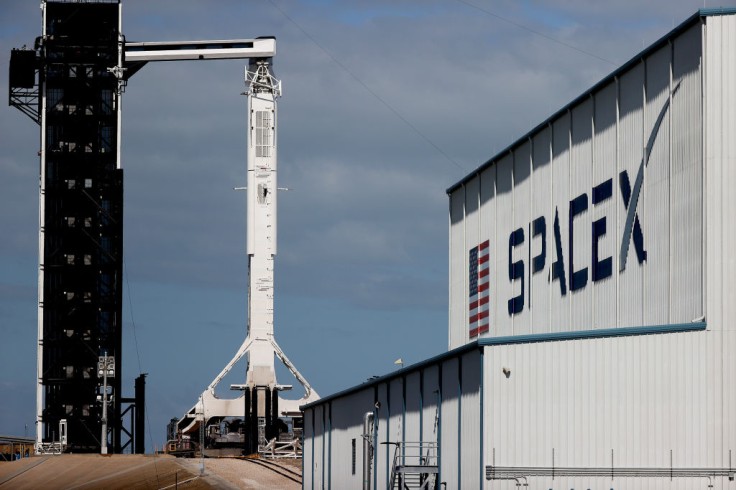
The SpaceX Falcon 9 rocket had a successful launch in its mission to bring to space the NASA IXPE, a satellite and space telescope that can analyze black holes as well as neutron stars.
SpaceX Falcon 9 Rocket Launch
NASA's Imaging X-ray Polarimetry Explorer (IXPE) satellite has launched aboard the SpaceX Falcon 9 rocket.
The IXPE satellite, which was initially announced in 2017, will be the first to monitor the polarization of X-rays emitted by cosmic objects such as black holes and neutron stars, per Engadget.
The said SpaceX Falcon 9 rocket launch was posted on SpaceX's Twitter account.
Liftoff! pic.twitter.com/v9VAb8UITL
— SpaceX (@SpaceX) December 9, 2021
As of writing, the video has 67,000 views and about 3,600 likes.
To give further detail on the SpaceX launch, a used Falcon 9 rocket along with the NASA IXPE was launched at 1 a.m. ET on Thursday from Pad 39A at NASA's Kennedy Space Center in Florida, per Space.com. This was the fifth mission for this specific booster.
During the live broadcast of the liftoff, NASA TV's launch commentator Derrol Nail said: "Liftoff of Falcon 9 and IXPE, a new set of X-ray eyes to view the mysteries of our skies."
NASA IXPE
Aside from the fact that NASA IXPE aims to know more about the black holes and neutron stars, astronomers also hope that this satellite will provide them with a new instrument with which to investigate the universe's secrets, per Space.com.
Moreover, Technology Review stated that IXPE consists of three telescopes, each with a set of mirrors and a detector that are capable of tracking and measuring four attributes of light: direction, arrival time, energy and polarization.
When the data from all the telescopes are merged, NASA may create pictures that may reveal more about celestial objects.
Furthermore, IXPE will join NASA's other X-ray monitoring spacecraft, such as the Chandra Space Telescope which is far higher in orbit than IXPE.
To give much clarity, IXPE will focus entirely on light polarimetry, whereas Chandra is an imaging satellite that produces beautiful photographs of X-ray sources.
The Crab Nebula, a relic of a long-dead star, will be its first target.
The leftovers of a stellar explosion are a great place to start using IXPE since it is intended to look at extremely spectacular targets.
On the other hand, the IXPE will also assist scientists to acquire greater insight and improve humanity's knowledge of the parts of space that people still barely understand by observing black holes.
Moreover, it might also reveal why black holes rotate and how they consume cosmic materials.
In relation to this, IXPE will also monitor more than 50 of the universe's most energetic known objects. Since all these items produce x-rays, IXPE will be able to observe them in great detail by measuring their polarization.
The mission's principal investigator Martin Weisskopf said during a briefing that " IXPE will help us test and refine our current theories of how the universe works."
"We may even uncover more intriguing theories about these unusual things than what we've predicted," he furthered.
The research scientist at the MIT Kavli Institute for Astrophysics and Space Research and a co-investigator for IXPE Herman Marshall added that "measuring polarization is like putting up a mirror, you might say, to the unseen part of the galaxy."
Related Article : Astronomers Make Stunning Discovery After Black Hole Collision









